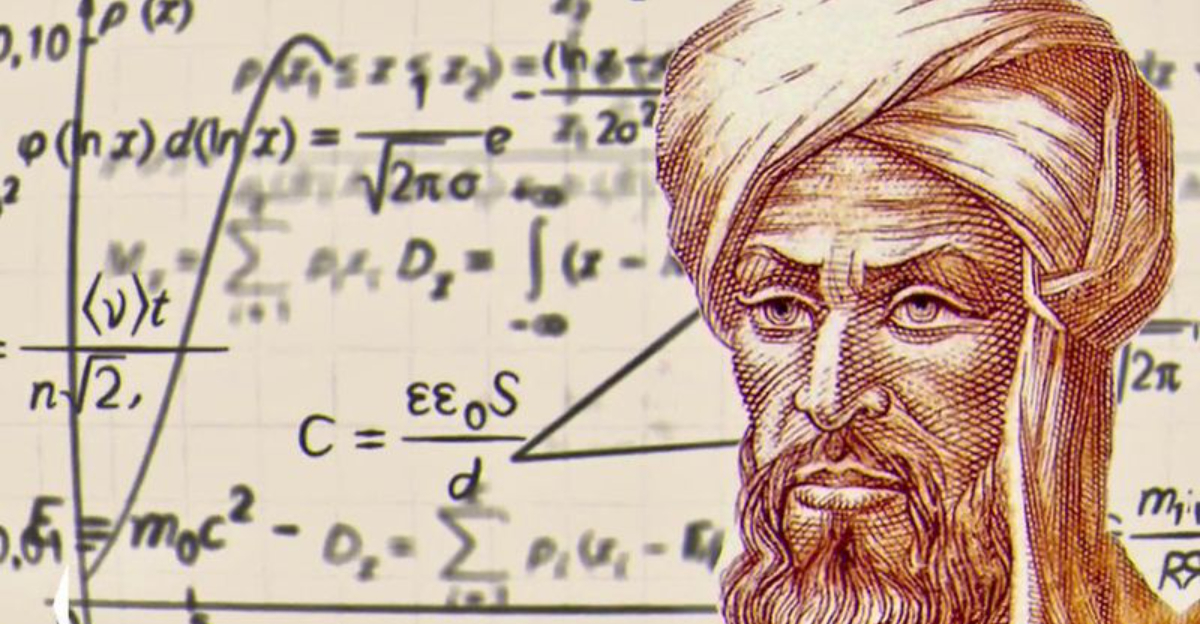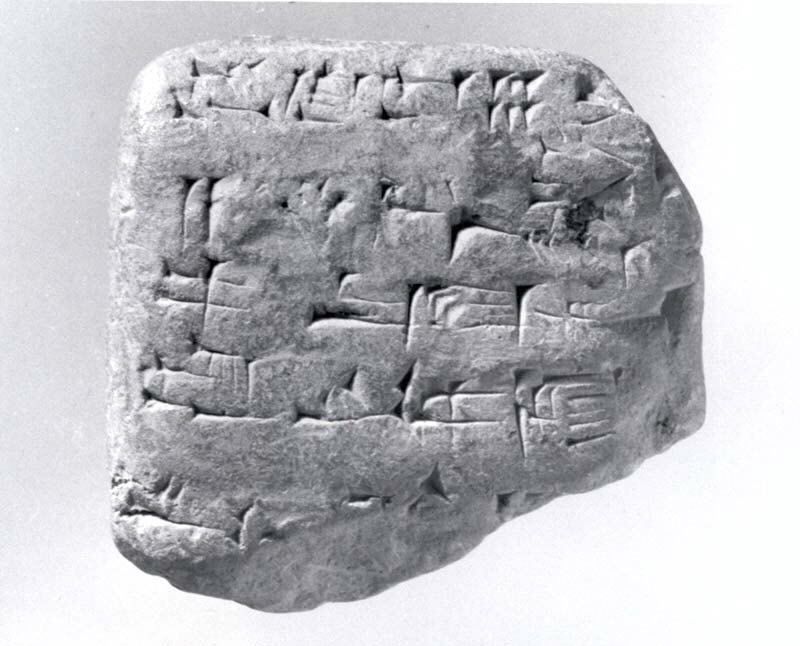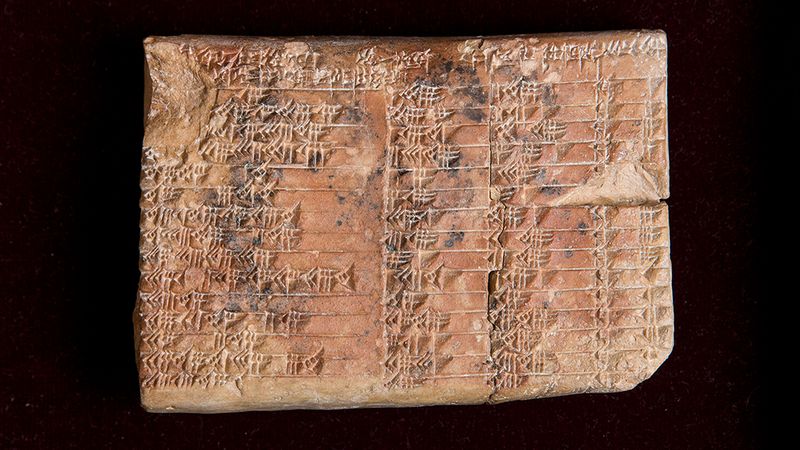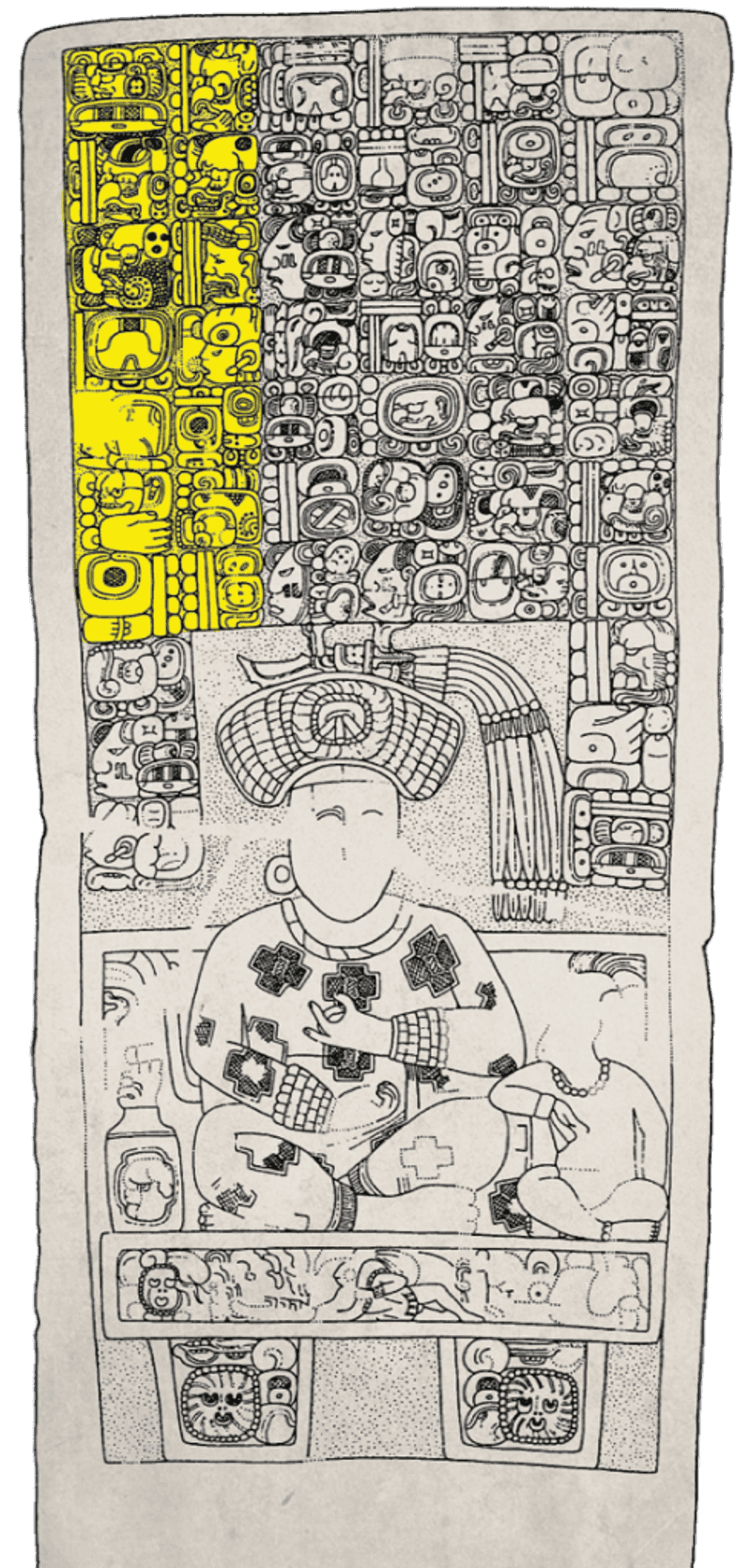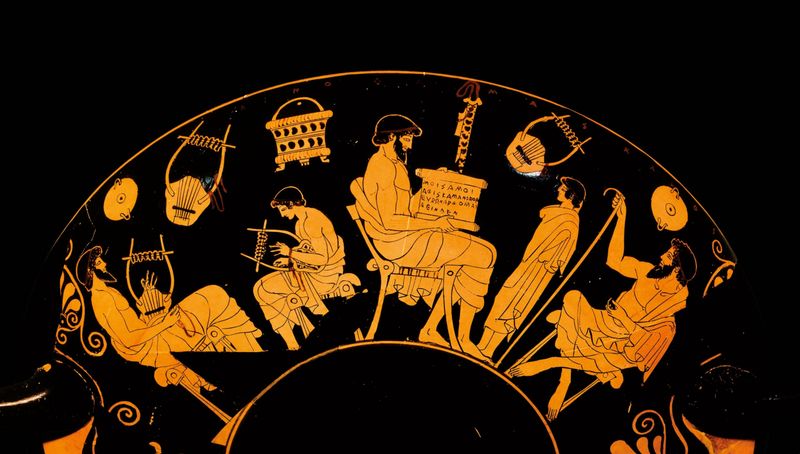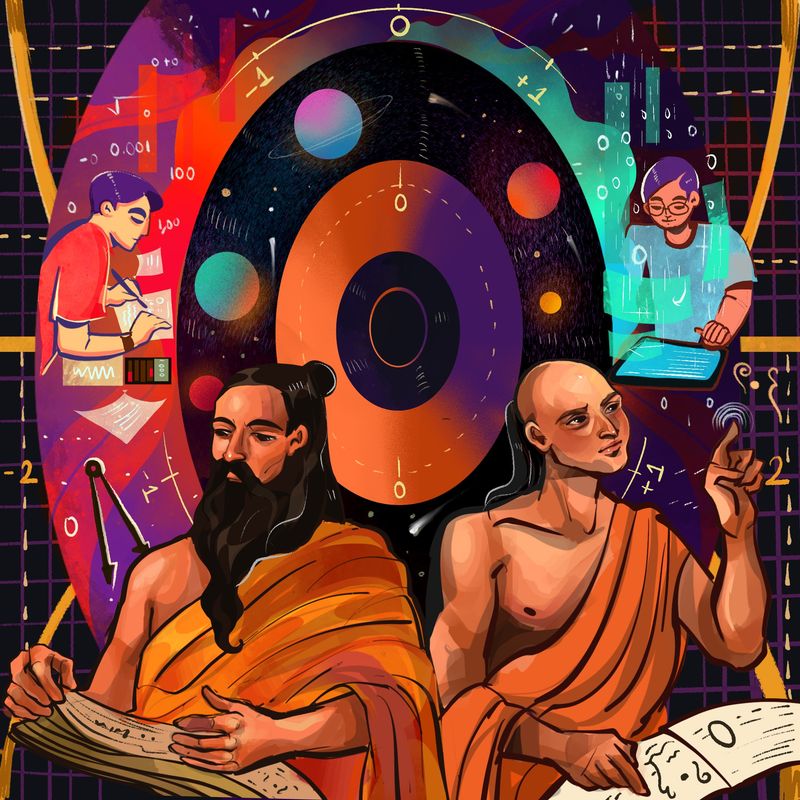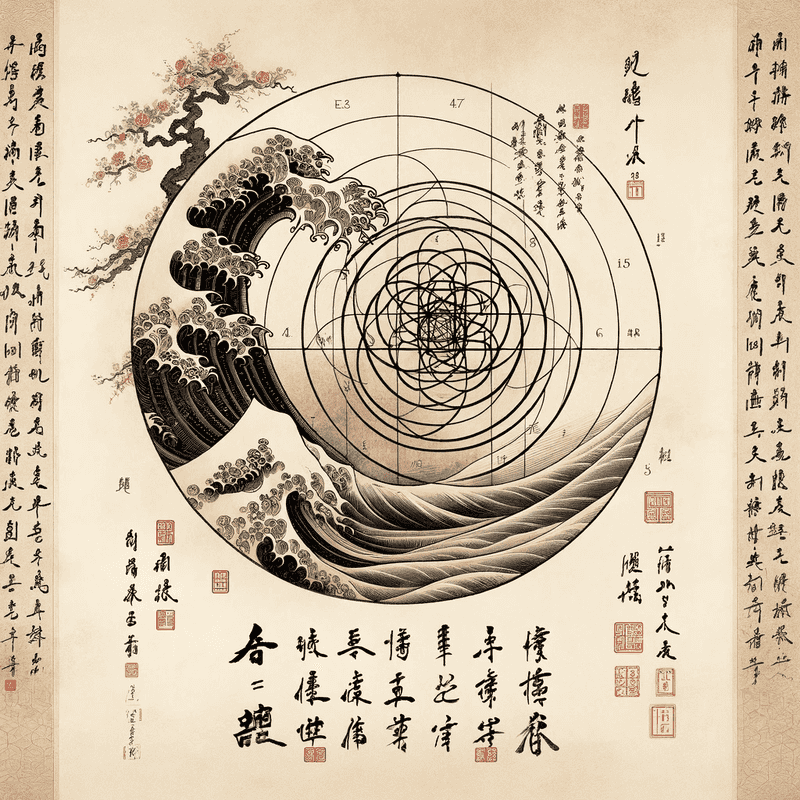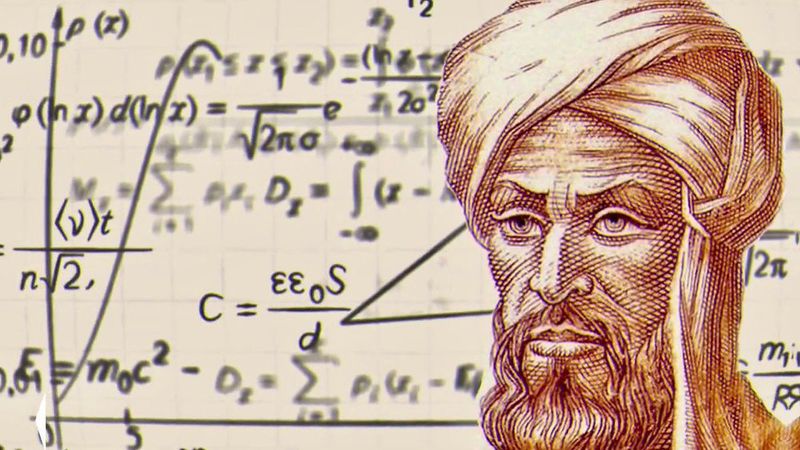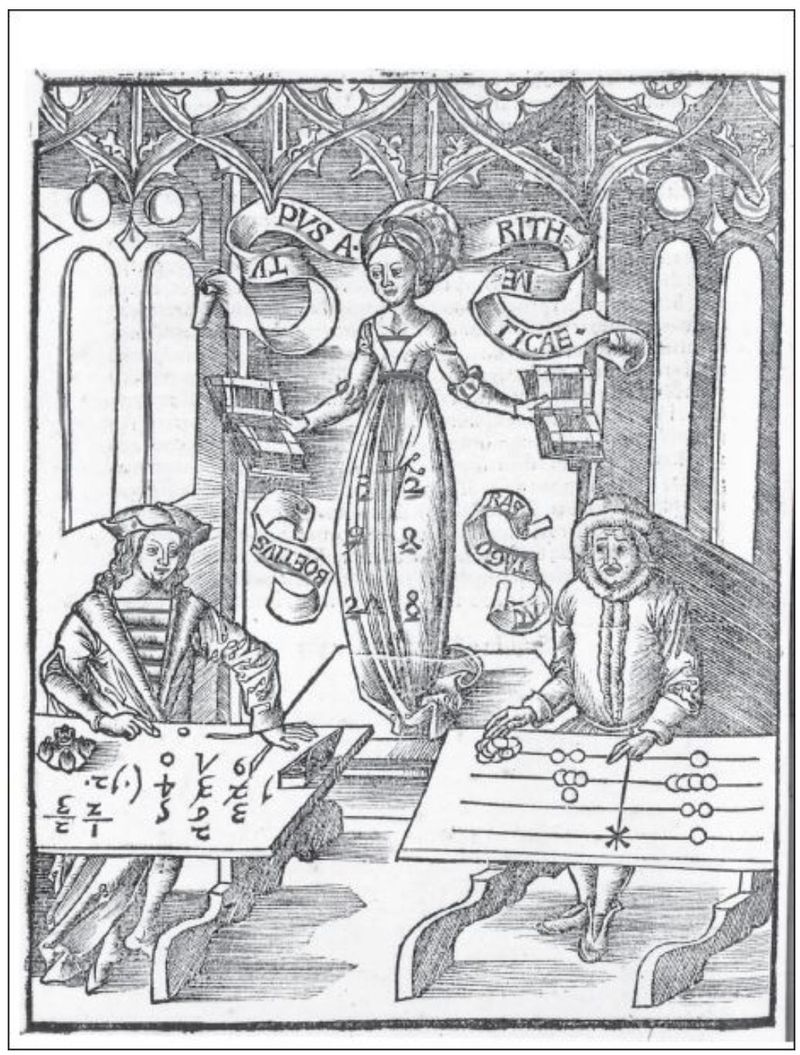Imagine doing math without zero. For thousands of years, civilizations built empires, tracked the stars, and counted armies—without ever using a zero. The concept of “nothing” as a number took millennia to develop, and these 9 cultures played a key role in its creation.
1. Sumerians (Mesopotamia)
In the bustling cities of Mesopotamia, around 3,000 BCE, the Sumerians were crafting one of the first known written number systems. Yet, amidst their advancements, they lacked a crucial element: zero. They used a blank space to signify ‘nothing,’ which often led to confusion in their calculations.
Imagine a society without a clear way to denote absence! The absence of zero in their numeric system meant that understanding and conveying precise calculations were challenging.
Despite this limitation, the Sumerians laid the groundwork for future civilizations. Their innovative approach to numerals paved the way for others to refine and perfect numerical systems. Their contribution marks an early chapter in the story of zero.
2. Babylonians
By 300 BCE, the Babylonians were refining their cuneiform script, adding a symbol that would change history—a placeholder for zero. This innovation, resembling a double wedge, was not a true zero, but it marked a significant leap forward.
Their ability to distinguish between numbers like 2 and 20 by inserting this symbol was a huge step in mathematical clarity. Imagine the relief in understanding ambiguous calculations!
This placeholder symbolized the Babylonians’ profound understanding of numerical order and structure. It illuminated pathways for future scholars to eventually conceptualize zero as a number. The Babylonian leap in numerical representation remains a pivotal moment in the history of mathematics.
3. Maya Civilization
The Maya civilization, flourishing around 200 CE, unlocked one of the greatest mathematical achievements—the concept of zero. They introduced a shell-like glyph as a symbol for zero, a profound concept that allowed them to create a remarkably accurate calendar.
Their zero was more than a number; it was an astronomical tool. The Maya used it to track celestial movements with precision, mapping time in ways previously unimaginable.
This symbol and its application demonstrated the Maya’s unparalleled ingenuity in mathematics and astronomy. The advent of zero in their culture didn’t just transform math; it transformed their understanding of the universe, leaving a lasting legacy in the annals of science.
4. Ancient Greeks
Surprisingly, the ancient Greeks, renowned for their philosophical inquiries, dismissed zero. Figures like Aristotle questioned the reality of ‘nothing.’ In their view, a number represented a quantity; thus, how could ‘nothing’ be something?
Their skepticism shrouded zero in philosophical debate rather than mathematical acceptance. Imagine pondering the nature of existence while ignoring an essential mathematical element!
Their reluctance to embrace zero limited their mathematical system but enriched philosophical discourse. This debate over ‘nothing’ versus ‘something’ revealed the Greeks’ intricate relationship with numbers, influencing later mathematical thought. Their journey with zero highlights the complex interplay between philosophy and mathematics.
5. Ancient Indians
The ancient Indians were the true pioneers of zero. By the 5th century CE, mathematicians like Aryabhata and Brahmagupta had formulated zero as both a symbol and a mathematical concept. Their work was revolutionary.
Zero became not just a placeholder but an integral part of arithmetic, allowing for more complex calculations. A new era of mathematics dawned, one where ‘nothing’ held immense value.
Their pioneering work laid the foundations for modern mathematics. The Indian zero was a game-changer, influencing fields beyond mathematics and traveling through cultural exchanges to reshape global understanding. It’s a testament to India’s profound impact on intellectual history.
6. Chinese Mathematicians
In ancient China, mathematicians used counting rods and developed methodologies for representing absence, yet stopped short of a dedicated zero symbol. Their mathematical systems were highly advanced, employing sophisticated techniques for calculations.
The absence of a zero symbol didn’t hinder their innovation; rather, it inspired creative solutions. They navigated the complexities of math with tools like the abacus and counting rods.
Later, contact with Indian mathematical principles, facilitated by Buddhism and trade, introduced them to the concept of zero. This blending of knowledge enriched Chinese mathematics, creating a legacy of innovation and adaptability in numerical representation.
7. Islamic Golden Age Scholars
During the Islamic Golden Age, scholars like Al-Khwarizmi embraced zero, drawing heavily from Indian mathematics. Translating these works, they introduced zero into the broader Islamic world.
With zero, they expanded the boundaries of mathematics, giving birth to algebra. It wasn’t just a number; it was a catalyst for intellectual advancement.
Zero’s integration into Islamic mathematics was a turning point, leading to innovations that would later ripple through Europe. The scholars’ efforts ensured that zero became an essential part of mathematical language, cementing its place in history.
8. Medieval Europeans
For centuries, Europe resisted zero, swayed by philosophical and religious skepticism. It wasn’t until the 12th century, through translations of Arabic mathematical texts, that zero found its way into European thought.
This new number was initially met with suspicion, yet its potential couldn’t be ignored. The introduction of zero altered the landscape of mathematics in Europe, setting the stage for future developments.
Zero’s journey into Europe underscores a transformative period where knowledge transfer reshaped intellectual traditions. It marked the beginning of a new mathematical era, fostering developments that propelled Europe into a Renaissance of discovery.
9. Renaissance Mathematicians
By the 15th century, European scholars had fully embraced zero, paving the way for groundbreaking advancements in science and mathematics. The acceptance of zero during the Renaissance was nothing short of revolutionary.
It spurred innovations in calculus, finance, and scientific exploration, transforming theoretical concepts into practical applications. Zero, once a misunderstood symbol, became central to understanding the universe.
The Renaissance illustrates how the acceptance of new ideas can lead to monumental progress. Zero’s integration into European thought catalyzed developments that still influence modern science and technology, proving that ‘nothing’ can indeed be everything.
